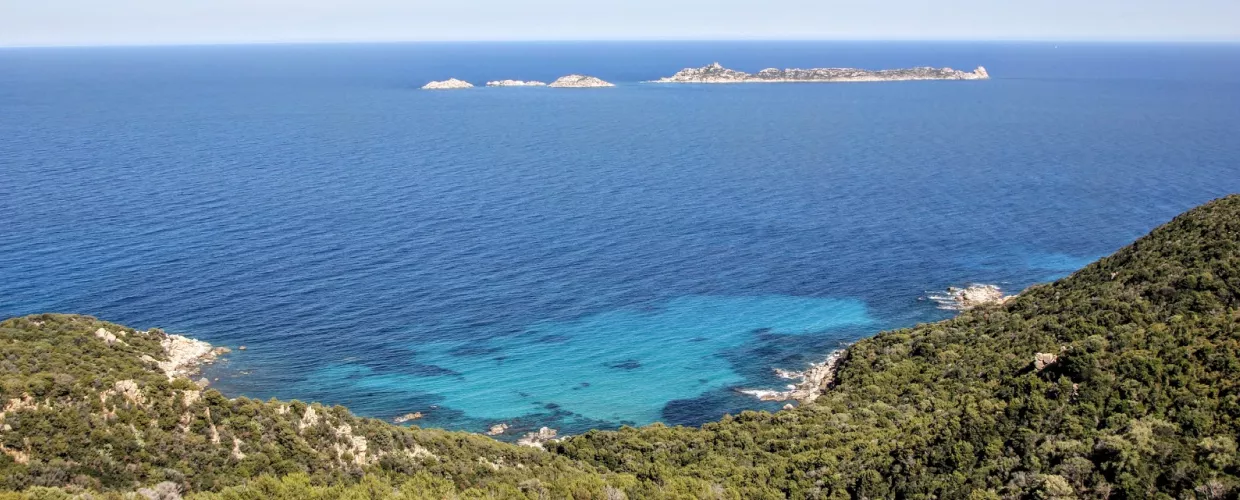This content was automatically translated. View the original text.

Overview
Located 4 kilometres southeast of the beaches ofVillasimius, in Sardinia, and spread over 134 hectares, Serpentara Islandis named after its unique elongated and sinuous shape. The uninhabited island, owned by a private individual, is a biotope belonging to the Capo Carbonara Natural Marine Protected Area and therefore access is prohibited to certain types of boats.
The island is made up of mostly granite, and in the northern part, large rocks, the Variglioni, stand out. These form natural pools in the sea, in which you can dive and where it is not uncommon to meet dolphins. To the south, clusters of yellow, grey and pinkish granite, shaped by the wind, appear. This island is covered by lush vegetation typical of the Mediterranean scrub, within which live wild rabbits, herons, Corsican seagulls and tufted marangoni, which nest here, undisturbed. At its highest point is the tower of San Luigi, used during the Spanish domination for spotting Saracen ships that infested the Sarrabus coast.
The territory of Villasimius is a popular destination for its Porto Giunco beaches,Porto sa Ruxi,CampusandCampulongu, characterised by clear sea and fine sand dunes. Not to be missed are Spiaggia del Riso and Punta Molentis.
Isola Serpentara, Villasimius SU, Italia